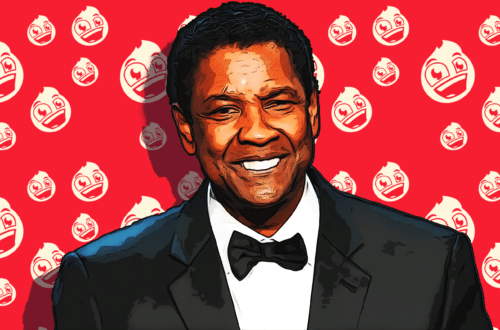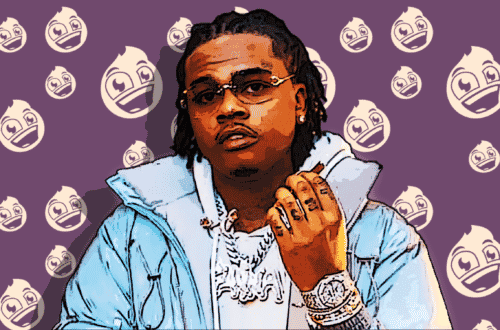18 Exotic Breeds Of House Cat
Animals, Lists, NatureThe internet’s fascination with cats is unrivaled. But despite the millions of videos and pictures, there’s a deficit in the general knowledge of cat breeds. We bet you could name five different breeds of dogs; could you do the same with cats? Below are 18 cats distinct in appearance, temperament, and origin, some descended from grand European breeding traditions, and others from chance mutations. Some have fluffy coats to protect them against the elements, and some are hairless. However, they all have one thing in common: being totally adorable!
Abyssinian
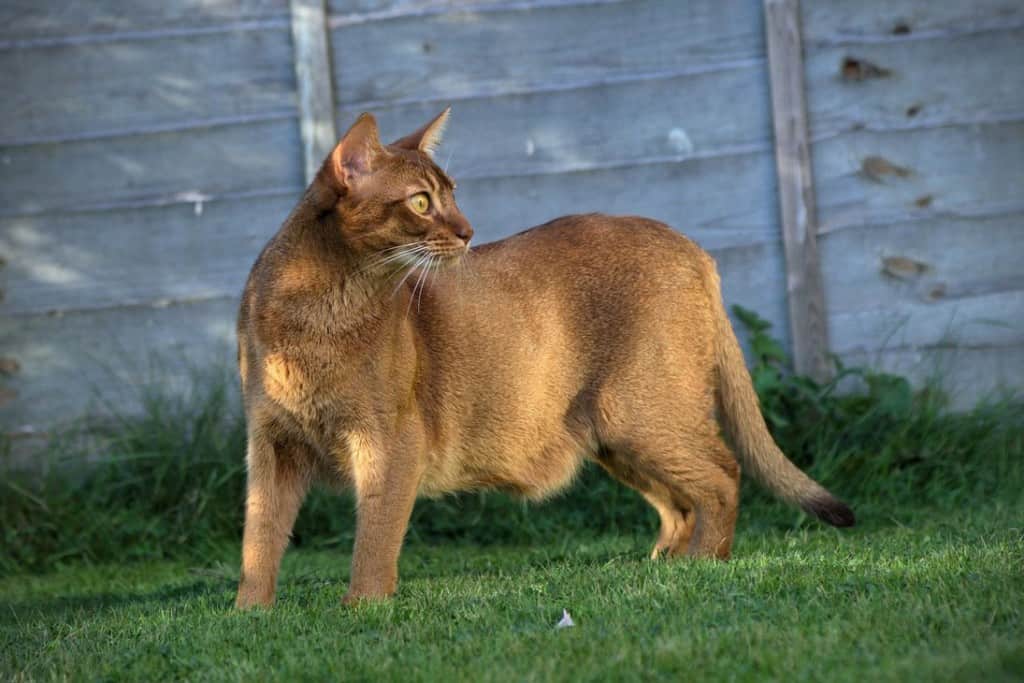
Thought to have originated in what is now Ethiopia, Abyssinians have become one of the most popular breeds in the United States, thanks in part to their intelligent, playful personalities.
American Bobtail
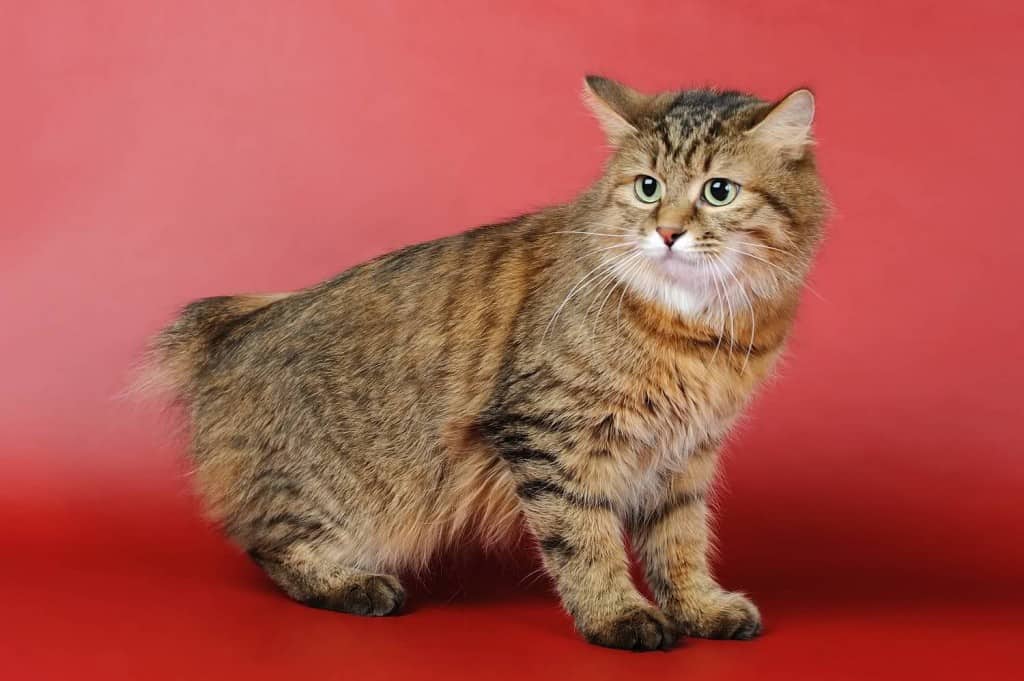
The history of the American Bobtail is rooted in an urban legend about a domestic cat mating with a wild bobtail. However, the short (“bobbed”) tail is simply a genetic mutation that’s been passed down through generations. As pets, American Bobtails are social, and vocal when desiring attention from their owners.
American Curl
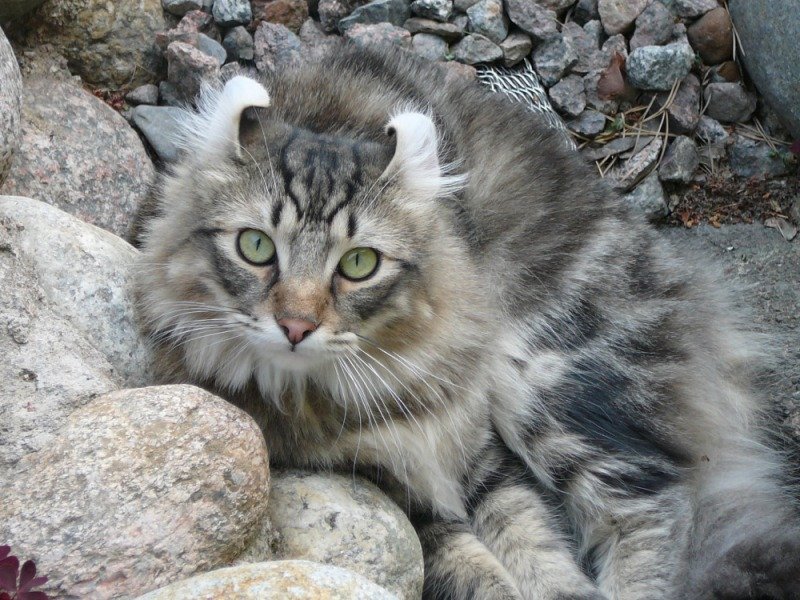
The result of a spontaneous genetic mutation in a stray kitten found in 1981, the American Curl is a modern breed characterized by its unusual ears, which curl inward toward its skull. Incredibly, American Curl kittens are born with straight ears, which curl gradually over the first three months.
British Shorthair
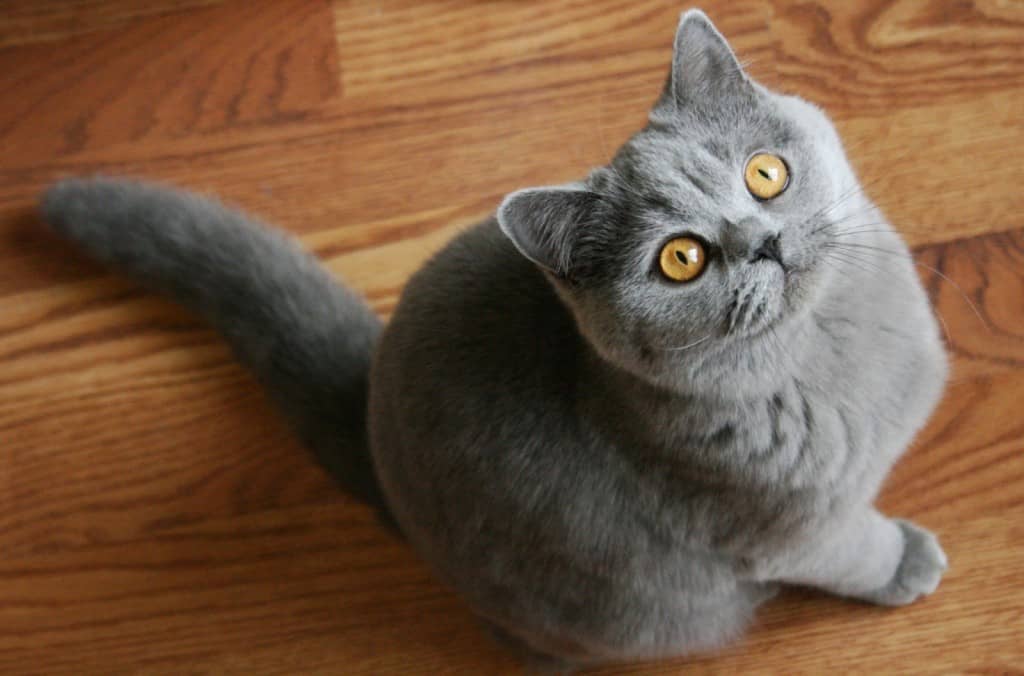
With a proud European lineage that can be traced back to the first century AD, the British Shorthair is one of the oldest known breeds of house cat in the world. The most popular color, as pictured, is “British Blue”, but Shorthairs can be just about any traditional color or pattern, such as white, black, and tabby.
Cornish Rex
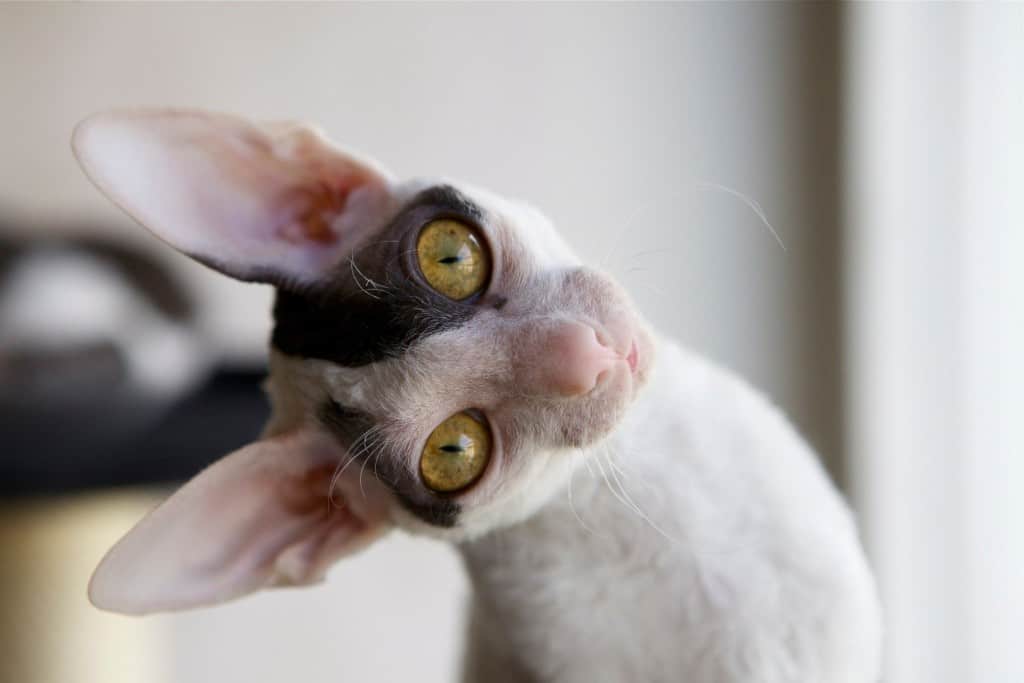
One of the most exotic-looking breeds, the Cornish Rex’s signature short, downy coat also makes it the softest. They’re described as remaining “kitten-like” throughout their lives, being inquisitive, adventurous, and playful.
Devon Rex
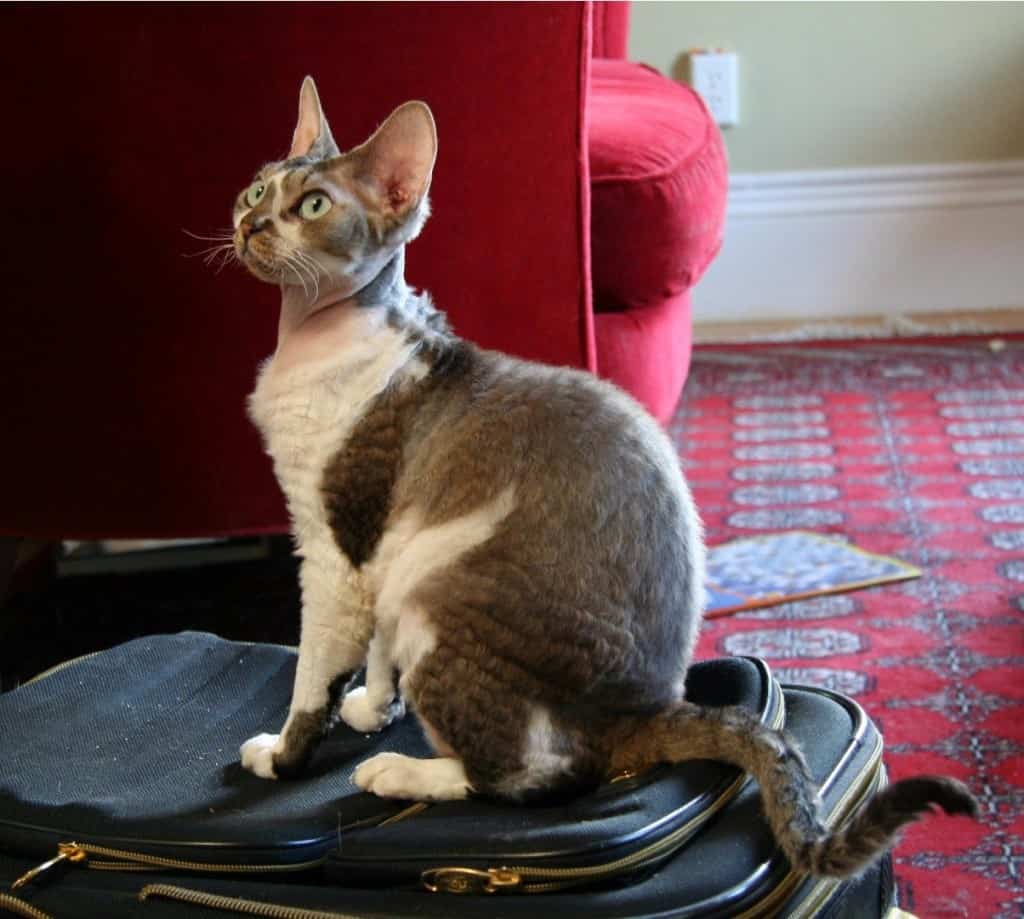
Despite sharing a similar bone structure to the Cornish Rex, the Devon Rex is an entirely different breed. Their curly coats are almost completely hypoallergenic. Additionally, they’re highly intelligent, and can be taught complex tricks.
Turkish Angora
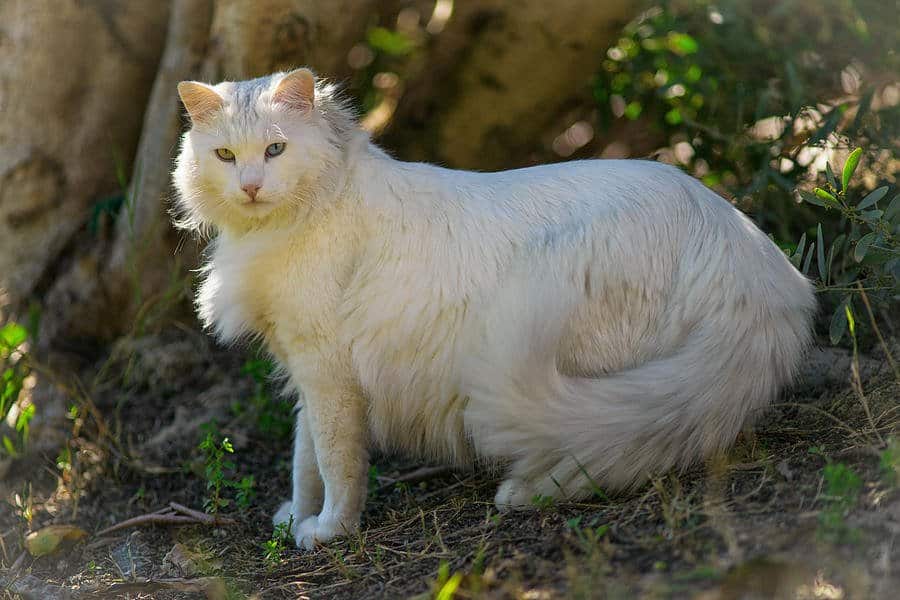
Another ancient breed, Turkish Angoras have been documented as early as the 1600’s, but are believed to have originated even earlier, in the part of Turkey historically known as Angora. It’s even theorized that they are the origin of two feline features now considered normal: long hair and white coloring. “Odd-eyed” Angoras, having one green and one blue eye, aren’t uncommon.
Javanese
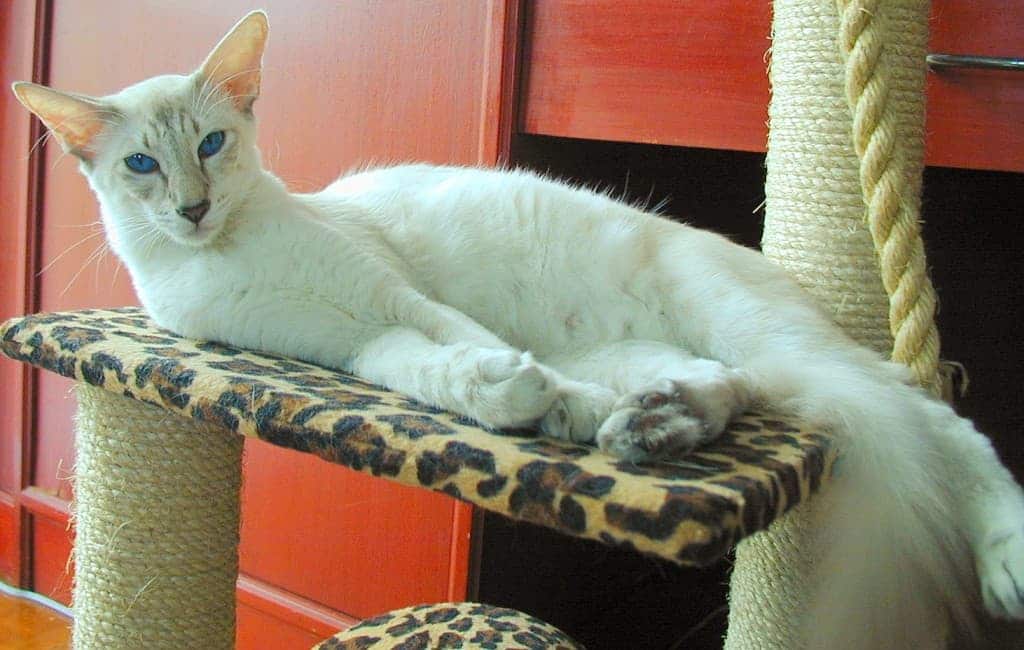
Though its name suggests otherwise, Javanese cats aren’t from Java or Indonesia; they are, in fact, just a breed variant of long-haired Orientals. Like their cousins, Balinese and Siamese cats, the Javanese is prone to a variety of health problems, including deafness, arthritis, and hip dysplasia. However, they’re known to be excellent mousers.
Maine Coon
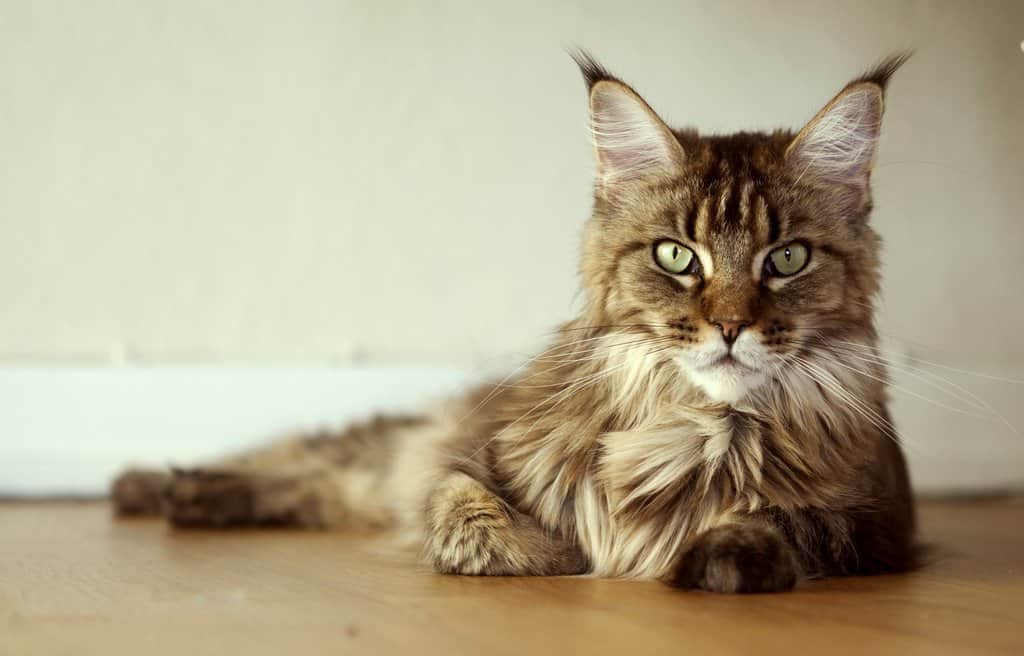
As the name suggests, the Maine Coon breed originated in the state of Maine, and is one of the oldest natural breeds native to the United States. In addition to being expert rodent hunters and avid outdoorsmen, they’re the largest domesticated breed of cat, with males weighing up to 25 pounds.
Manx
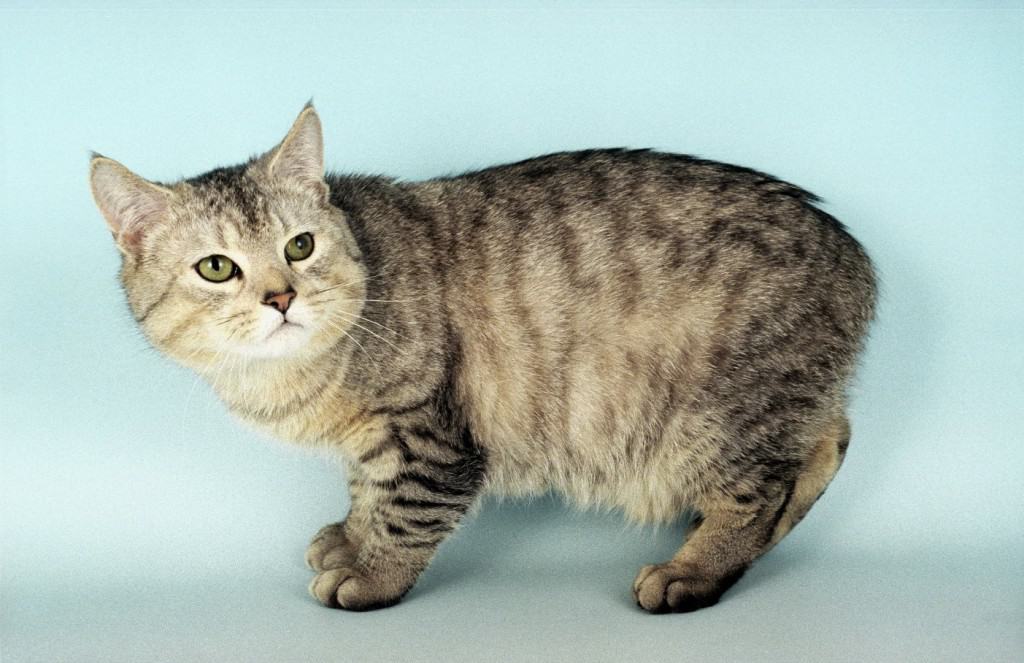
Manx cats (which get their name from their origin, the Isle of Man), can be easily identified by their lack of a tail. It’s a naturally-occurring mutation that can manifest in either a short, stubby tail, or the complete absence of one. They also have elongated hind legs, and are renowned for their hunting skills.
Munchkin

Another breed developed in the 1980’s from a chance mutation, Munchkins have been the cause of controversy from the start. Critics fear the characteristic short legs will cause the cats to have the same spinal problems as dog breeds like the Dachshund and Corgi, while proponents argue the trait doesn’t negatively affect the animal whatsoever. This divisiveness has kept some countries from recognizing Munchkins as a legitimate breed.
Norwegian Forest Cat
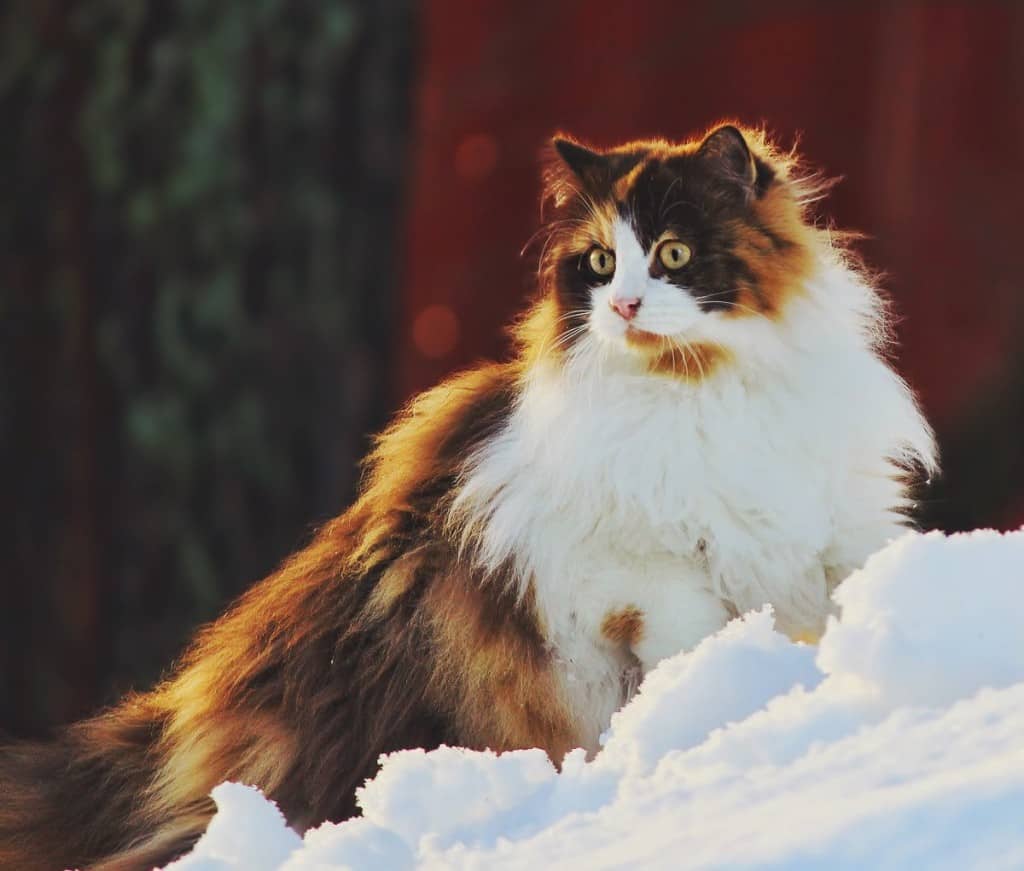
Similar to the Maine Coon, Norwegian Forest Cats, as the name implies, are hearty and outdoorsy. Though popular in Scandinavia today, the breed was in danger of going extinct at one point during WWII. Known for being exceptional climbers thanks to their strong claws, these large cats are most at home in snowy environments.
Persian

Thanks to the Fancy Feast commercial that made the breed synonymous with luxury lifestyles, these fluffy, white cats are one of the most recognizable breeds. Their short muzzles, which create their signature “frowny faces”, are a divisive trademark that people either love or hate.
Savannah Cat
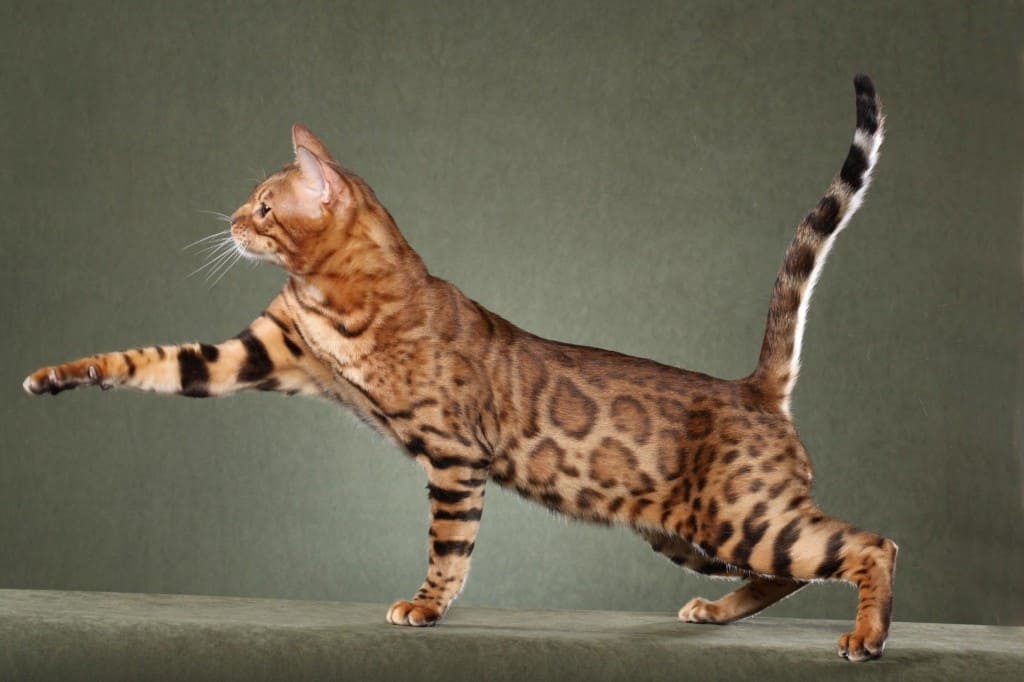
Perhaps the newest breed on this list, Savannah Cats have only been recognized as legitimate since 2001, despite having been popular amongst breeders throughout the 1990’s. A cross between a domestic cat and a wild African serval, they’re a large breed with distinctive spots. Savannahs are known for their intelligence and affection, and are often referred to as “dog-like.”
Scottish Fold
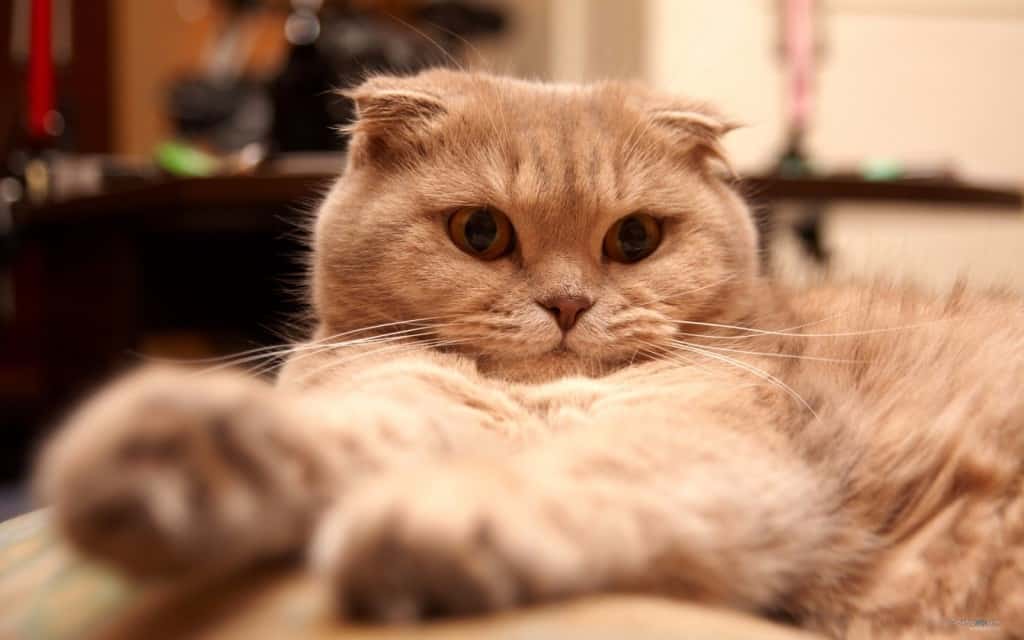
The result of a genetic mutation in a Scottish barn cat in the 1960’s, Scottish Folds are an unusual-looking breed named for their folded-down ears. They’re famous for their loving nature and generally docile temperament, but can be stubborn.
Selkirk Rex
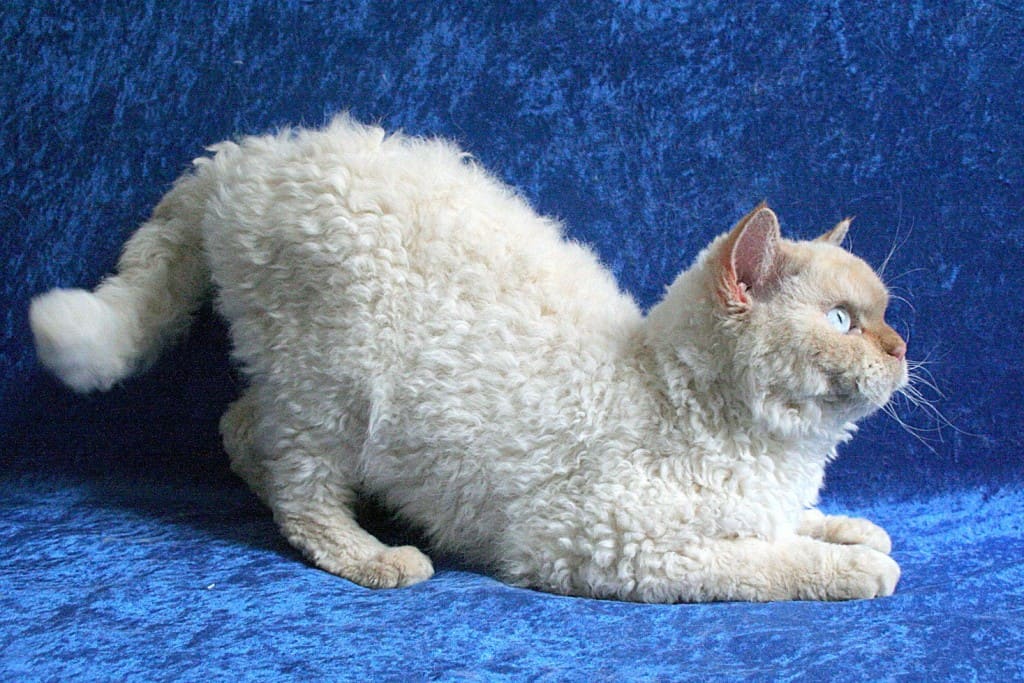
Able to trace its lineage back to a single shelter cat in 1987, the Selkirk Rex is a relatively new breed. Its main distinctive feature is its trademark curly coat, but the breed is also known for its thick, round head and laid-back personality.
Snowshoe Cat
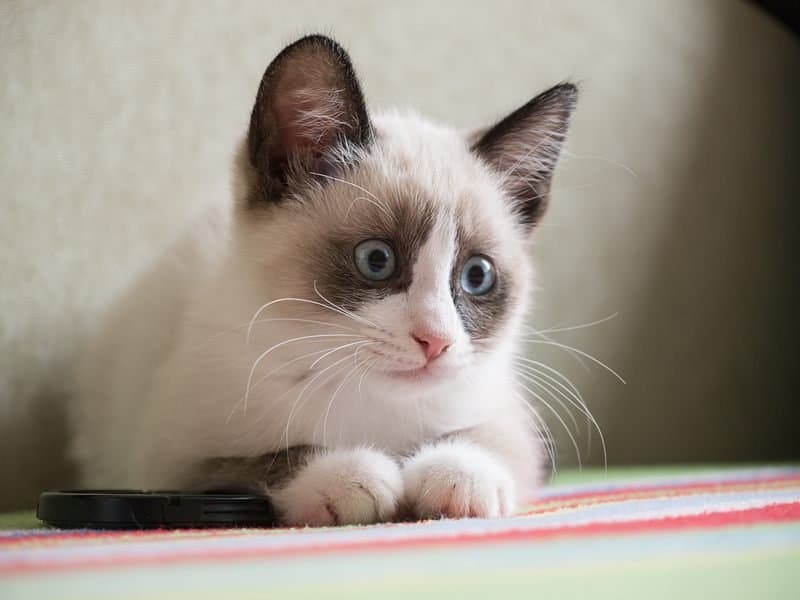
Despite being a somewhat rare breed, the Snowshoe Cat’s coloring has become recognizable due to the internet sensation, Grumpy Cat. A very inquisitive, vocal breed, Snowshoes enjoy water and may even swim.
Sphynx
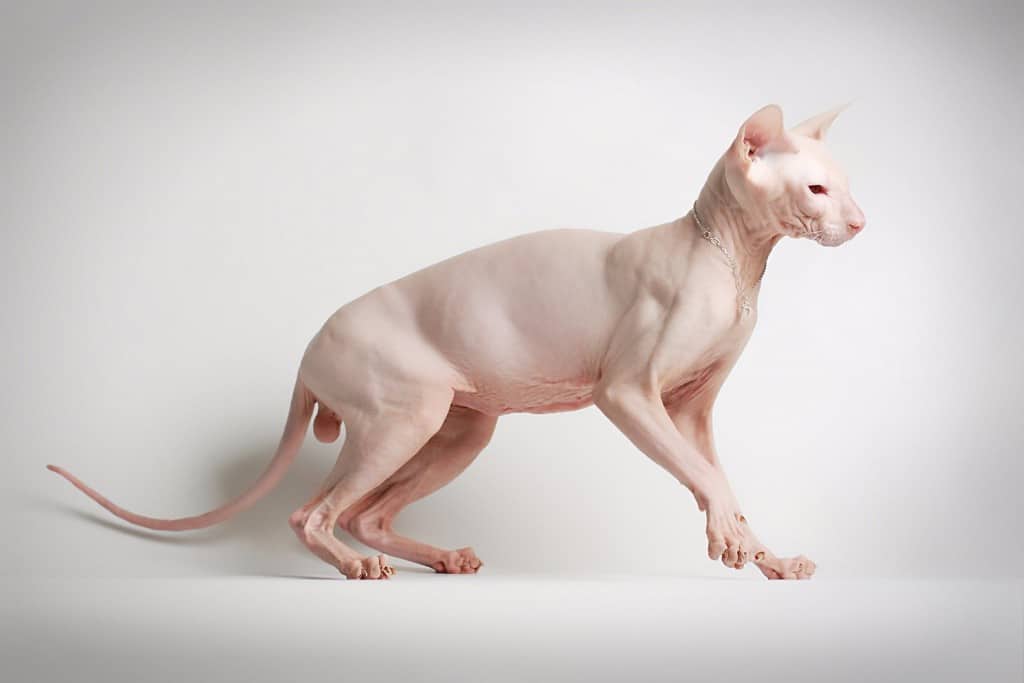
Even without a true coat, the Sphynx cat isn’t totally hairless, as its skin is covered in a soft layer of down. Nonetheless, they’re susceptible to sunburns and hypothermia, so owners must be vigilant. In return, Sphynxes are loyal, energetic companions who love meeting new people.

